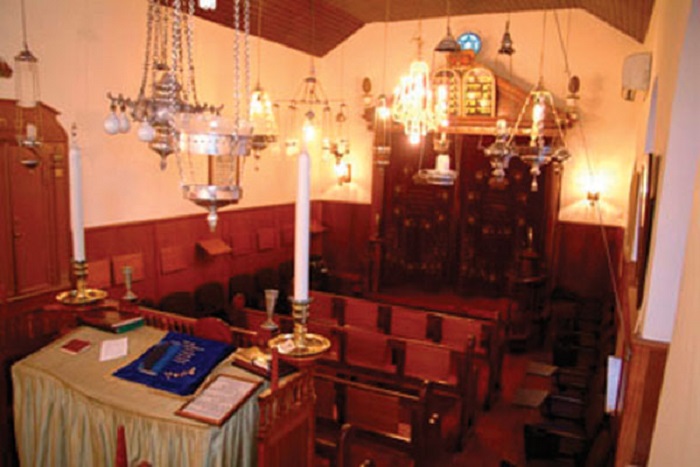ENGLISH CORNER, CON LINDA JIMÉNEZ – This week’s trivia question: What is unusual about the titles of Jacob Dinezon’s first three novels?
Jacob Dinezon was born near Kovno, Lithuania, in 1851. At the age of 15, after his father’s death, he was sent to live with an uncle in the city of Mogilev and enrolled in a prestigious Jewish school that embraced the spirit of the Jewish Enlightenment (Haskalah). He learned Russian, German, mathematics, world history, and science. In 1876 he began publishing articles in Hebrew newspapers, and also published scholarly brochures on scientific subjects. Dinezon’s first novel, The Dark Young Man, was published in 1877 and became an immediate success, selling over 200,000 copies. However, it received a negative critical response from the Enlightenment press because it was written in Yiddish and not Hebrew. At the time, Yiddish was considered a lowly language only worthy of the home, street, and marketplace, Hebrew being considered the elevated language of the religious scholar and enlightened intellectual.
However, in the late 19th century there was a movement to promote literature in Yiddish, the language of the people. Dinezon became friends with the writers Mendele Mokher Sforim, I.L. Peretz and Sholem Aleichem, known as the fathers of Yiddish literature, and he even published some of their works. Dinezon died in Warsaw in 1919, and and was buried in Warsaw’s Jewish cemetery alongside his friend I.L. Peretz.
In 2007 Scott Hilton Davis created Jewish Storyteller Press as a way of bringing the stories of 19th century Yiddish writers to 21st-century English-speaking readers. To date, they have translated and published three of Jacob Dinezon’s novels and a book of his short stories, as well as a biography of the writer by Shmuel Rozshanski.
On August 29, to commemorate the 100th anniversary of Dinezon’s death, Scott Davis spoke about him at the Jewish Historical Institute in Warsaw, and there was also a special commemoration of the writer at the Jewish cemetery in that city.




